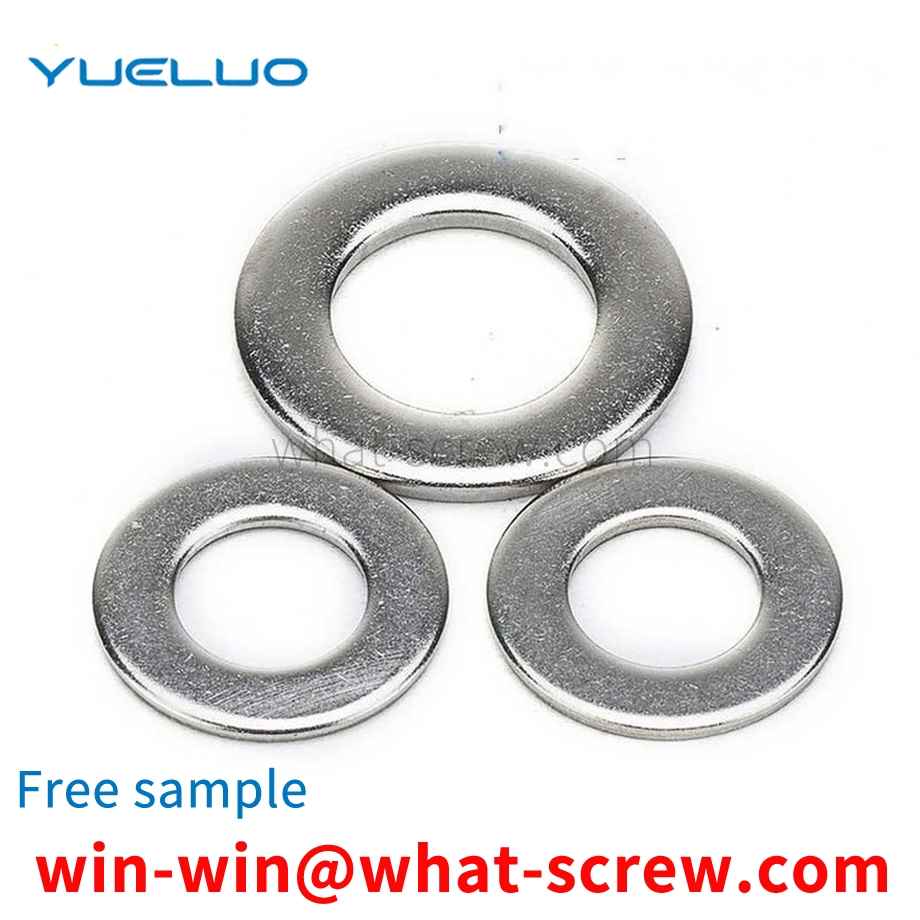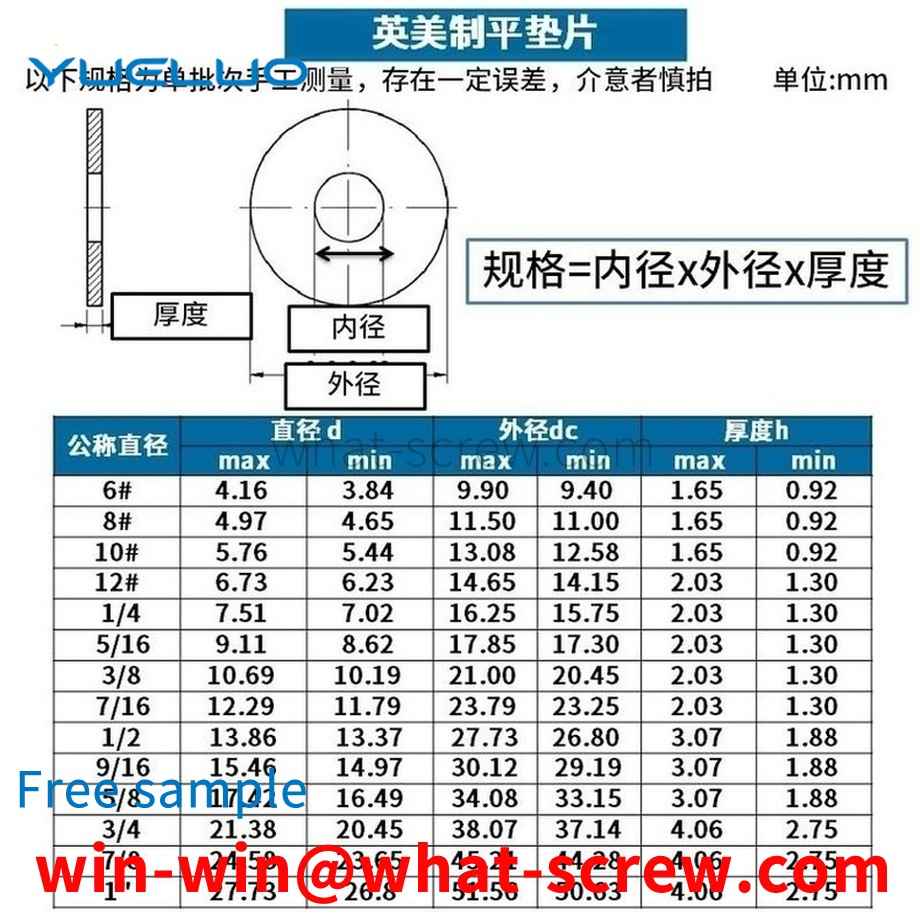T-bolt, the European standard is called hammer bolt, the material is carbon steel, the surface is galvanized or nickel-plated, the T-bolt can be directly put into the groove of the aluminum profile, and it can be automatically positioned and locked during the installation process. Used in conjunction with the blue nut, it is a standard matching connector when installing corner fittings. It can be selected and used according to the profile groove width and different series of profiles. When the T-bolts on the market are installed with the installation channel, the bolts need to be placed into the channel from the port of the channel, and then tightened when moving to the designated position. The bolts are easy to rotate during installation, and the connection is not tight. Therefore, it is necessary to propose a mounting structure that uses T-bolts and grooves.
Process equipment for aircraft production (hereinafter referred to as tooling) is directly used for part forming and component assembly. In order to satisfy the loading and unloading of aircraft parts and components during the use of the tooling, the tooling generally adopts a structural form that is easy to disassemble as a whole. In the field of aircraft process equipment manufacturing, positioning pins are usually used to connect and position the detachable parts of the tooling. At present, this kind of locating pin is divided into two types: direct pull-out locating pin and tie-suspended locating pin.
The advantages of the pressure riveting nut: 1. The length guarantee of the distance range is realized, which greatly simplifies the assembly process and speeds up the production progress of the assembled spacing panel and accessories; 2. The back of the plate is completely embedded and flat, while ensuring the head of the nut column The plane is smooth with the plate; 3. The raw material is free-cutting iron or free-cutting stainless steel; the technical guide for the application of the pressure riveting standoff: 1. When selecting the standoff, it must be based on the thickness of the plate used, the exact size range, and the hardness of the low-carbon steel plate must be less than 70RB, the hardness of stainless steel plate must be less than 80RB. 2. The surface of free-cutting iron is treated, and the stainless steel maintains its original color. Users can order according to the model and specifications in the table according to their needs, or they can also make special orders according to their needs. 3. The hole size of the plate must be processed according to the tolerance size of 0-+0.075mm, and punching is recommended. 4. The installation must be realized by press riveting operation, and it must not be knocked in by impact. 5. When the material is stainless steel, the tail number should be marked with S. 6. The end face of the nut column is represented by C. 7. The length of the through-hole nut column is full wire below 10mm. If it is above 10mm, it can be reamed on the hexagonal end face (type I) or the round end face (type II).
In order to solve the above technical problems, Yueluo provides a screw installation method. When using this method to install screws, the sensor must sense that the screws have been adjusted to the specified position before allowing the screws to be energized, which prevents the screws from being adjusted. Accidents of personal injury caused by operating errors during the process. The technical solution adopted by Yueluo to solve its technical problems is a screw installation method, which includes the following steps: a. Fix the screw hole structure that needs to be installed on the workbench, and fix the corresponding size screw to the screw mouth; b. Adjust the sensor on the track groove to the vertical position just above the screw hole structure; c. Adjust the screw position until the sensor on the screw senses the signal sent by the sensor; d. Turn on the screw power supply, and install the screw into the screw Inside the hole structure, the installation is complete. Compared with the prior art, Yueluo has the following beneficial effects. The screw installation method provided by Yueluo has the steps of preventing accidental hitting, which avoids personal injury accidents caused by operation errors during the screw adjustment process.
The rivet nut is a kind of nut applied to thin plate or sheet metal. The principle is to press the embossed teeth into the preset holes of the sheet metal. Generally, the diameter of the square preset holes is slightly smaller than the embossed teeth of the pressure riveting nut. The periphery of the hole is plastically deformed, and the deformed object is squeezed into the guide groove, thereby producing a locking effect. The pressure riveting nut is divided into free-cutting steel pressure riveting nut S type, stainless steel pressure riveting nut type CLS, stainless iron pressure riveting nut SP type and copper and aluminum pressure riveting nut CLA type, which should be used in different environments. . Generally speaking, the national standard domestic products without rivet nuts from M2 to M12 are PEM specifications, which are usually produced in chassis cabinets and sheet metal industries.
We have many years of experience in the production and sales of screws, nuts, flat washers, etc. The main products are: machine wire screws with pads, through-hole pressure riveting studs, 201 elastic washers, hex nuts and other products, we can provide you with suitable products for you fastener solutions.



















 Service Hotline
Service Hotline




